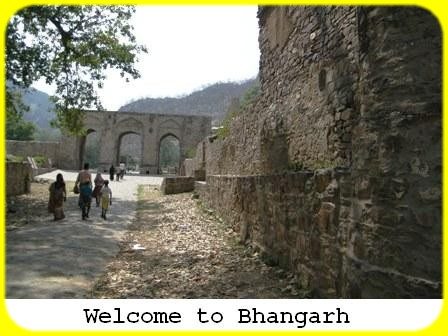
Joychandi Pahar – a Recollection
“We are from Calcutta, you have got a beautiful place hereâ€
“Ki je bolen babu, ki ache ekhane… khaowar jal parjyonto nai…†(what are you saying sir, nothing is here… not even water to drink…)
“Lok ashena ekhane ghurte?†(Don’t you get people visiting this place?)
“Ho, ashen bote. Majhe majhe chele puler dol ashe. Tabu lagiye thake oi okhane lake-er pare. Aar dori-dora niye pahar-e uthe. Pura jayga nogra kore diye jai†(Yes, indeed some group of youngsters come. Stay in tents near that lake. Do some rock climbing on the hill. And finally leave transforming the whole place as dustbins) certainly true, that is.
His petty house was behind his pettier shop. But his heart was bigger than anything. Since his shop was not ready to supply anything yet, he ordered something from his home – and we were served with a good meal. And more notably, we had to forcefully pay him.
“Babu-ra sokalbela khali pete aaichen, aapnader kach thika khaowar taka kemne lomu?†(Sir, you have come here so hungry in the morning, how can I take money from you for this food?) where have those people gone today?
Read More










